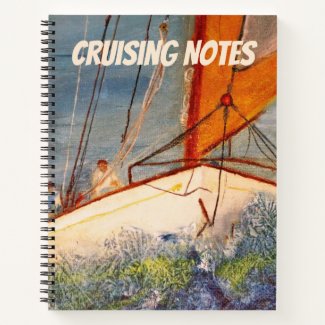When a leak is discovered the temptation is to look for large intrusions.
The logic, if any, is that if the amount of water in the bilge is large, several gallons in our case, then the leak entrance point must be of the same magnitude.
Big Leaks Are Easy To Find
When we broke a thru hull several miles off the coast of Sarasota. Florida, the difficulty was easy to find. That's why it was so perplexing to find gallons of water in Hideaway's deep bilge but no obvious path of flow.
Small Leaks Question Your Sanity
We were able to determine the leak(s) were not in the bow region by observation and no detection of moisture in the bins. Hideaway is on a trailer these days, so we changed the bow height. No help, in fact it seemed to make the leaks worst. Boats are designed to float on their water lines, we reasoned, therefore, we dropped the the trailer tongue to about a foot off the ground. The trailer was now level to ground. This helped. The leak dripped on.
How the Water Flows
The design of most boats, including ours, drains water from bow to the coamings with the rest going through the cockpit scuppers. The coamings direct the water over the side. We noticed at that point of egress the water would pond around the Bimini and sail tracks. While the sail tracks were leaking a little, it was deemed not enough to explain the gallons of water residing in our bilge. We rebedded both anyway. No help.

Shoulder Tote Three Palm Trees Sunset
by NaturesWonders Part of Sailing Hideaway on Zazzle trying to make $ for Slip Rent
Someone suggested the gas line running from the outboard through the transom would allow a path for the water to follow along the gas line. The gas line goes through the wide transom via a plastic pipe. On the Hideaway, hull #2, even if the pipe leaked the water would drain through the scuppers.
Online research revealed that Com Pac sailboat scuppers are subject to leaking at the various plastic pipe joints and elbows. Hull #2 has no plastic plumbing elbows. The scupper pipes, while plastic, are bonded into large fiberglass fittings. No sign of leaks. I rebedded the pipes at their transom exit points even though they showed no sign of leaks.
We plugged the scuppers and flooded the cockpit several times to no avail. The water level did not recede over night. We sprayed the boat with a hose aiming a hard stream at suspicious places. No Leaks. We removed the rub rail and recaulked possible entrance points. Again no progress.
Eventually We Accepted Our Situation
The bilge water, according to my scientific taste test, was most definitely fresh. We pumped before and after sailing. The bilge was always dry. This is not a salt water problem. The boat is not in danger of sinking because of these leaks.
Then One Summer's Day
A hard summer storm moved though, rocking the boat on its trailer and trapping me below decks. I noticed a small trickle of water coming from under the caulking on the port side hull to deck joint. The caulking bulged. I pressed the bubble and to my complete surprise water squirted out! I had found the leak at last!
The initial hole was about 1/16" but the water gathered between the exterior caulk and interior caulk then built up enough to slowly seep through the hull/deck joint, the water eased behind the partial bulkhead between the bunks and cockpit storage, then into the bilge. For the watery details see my SVHideaway video My Leak Has a Boat In It
One could certainly argue that because an over abundance of expense caulking is present perhaps some of the problem was caused by the owner. Yes, but, we won't, will we?
You won't believe where we found the next leak in the attached video Small Hole Big Leak
Sailing Hideaway Zazzle stores help make our slip rent.
SMALL BOATS ROCK!!



No comments:
Post a Comment